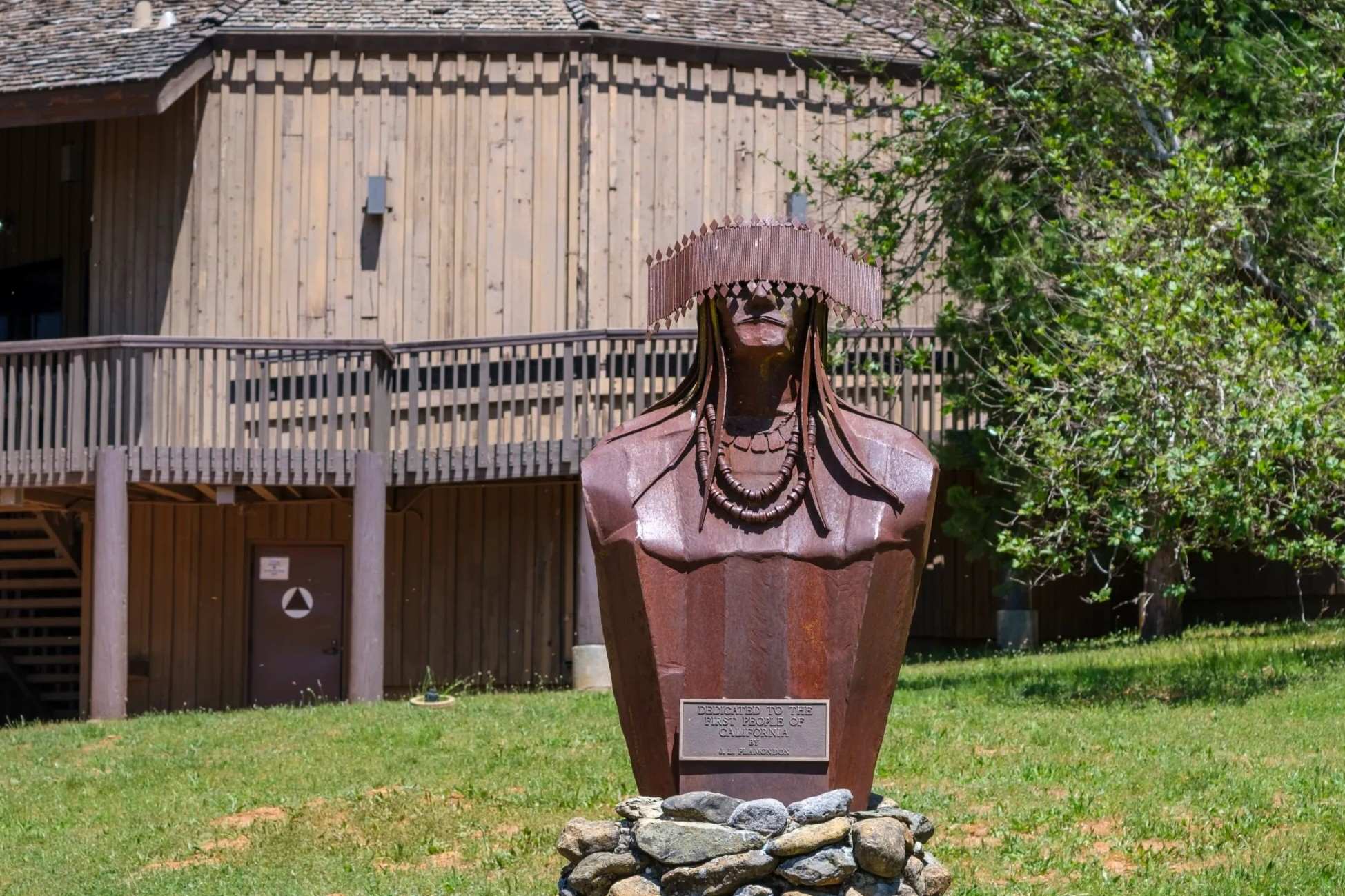Hidden Indigenous Signal Sites Of The Plains

Have you ever wondered about the hidden stories of the Great Plains? Hidden Indigenous signal sites dot the landscape, offering a glimpse into the rich history of Native American tribes. These sites, often overlooked, played crucial roles in communication and survival. Imagine standing on a hill where ancient signals once conveyed vital messages across vast distances. From smoke signals to strategically placed rocks, these methods were ingenious. Visiting these locations not only connects you to the past but also enriches your understanding of Native American culture. Ready to uncover these hidden gems? Let's dive into the fascinating world of Indigenous signal sites.
Discovering the Hidden Indigenous Signal Sites of the Plains
The vast plains of North America hold secrets of ancient communication. Indigenous tribes used signal sites to send messages across great distances. These sites, often on high ground, played crucial roles in their daily lives. Let's uncover some of these hidden gems.
1. Bear Butte, South Dakota
Bear Butte stands tall in the Black Hills. This sacred site was used by the Lakota and Cheyenne tribes. From its peak, signals could be seen for miles. Smoke signals and mirror flashes were common here.
2. Signal Hill, Oklahoma
Signal Hill in Oklahoma was a strategic point for the Osage Nation. They used it to send warnings and messages. The hill's height made it perfect for long-distance communication.
3. Medicine Mountain, Wyoming
Medicine Mountain is not just a beautiful landmark. It was a vital signal site for the Crow tribe. They used fire and smoke to communicate with other tribes. The mountain's location provided a clear view of the surrounding plains.
4. Pawnee Buttes, Colorado
The Pawnee Buttes rise dramatically from the plains of Colorado. The Pawnee tribe used these buttes for signaling. From the top, they could send messages using smoke and mirrors. The buttes' isolation made them ideal for secret communications.
5. Signal Peak, Nebraska
Signal Peak in Nebraska was a key site for the Pawnee and Sioux tribes. They used it to coordinate hunting parties and warn of approaching dangers. The peak's elevation offered a wide view of the plains below.
6. Signal Mountain, Montana
Signal Mountain in Montana served the Blackfeet tribe. They used it to send messages across the vast plains. Fire and smoke signals were common methods. The mountain's height made it an excellent communication point.
7. Signal Hill, Texas
Signal Hill in Texas was used by the Comanche tribe. They sent messages using smoke signals from this high point. The hill's strategic location allowed them to communicate over long distances.
8. Signal Rock, Kansas
Signal Rock in Kansas was a significant site for the Kansa tribe. They used it to send messages using fire and smoke. The rock's prominence made it a perfect spot for signaling.
9. Signal Butte, North Dakota
Signal Butte in North Dakota was a crucial site for the Mandan and Hidatsa tribes. They used it to send warnings and coordinate activities. The butte's height provided a clear view of the surrounding area.
10. Signal Hill, New Mexico
Signal Hill in New Mexico was used by the Apache tribe. They sent messages using smoke signals from this elevated point. The hill's location made it ideal for long-distance communication.
Preserving History and Culture
Hidden Indigenous signal sites of the Plains hold immense historical and cultural value. These sites, used for communication and navigation, offer a glimpse into the rich heritage of Indigenous communities. Preserving these locations ensures future generations can learn about and appreciate the ingenuity and resilience of these cultures.
Visiting these sites provides a unique opportunity to connect with history. It’s a chance to understand the sophisticated methods used by Indigenous peoples long before modern technology. Respect and care for these places are crucial. They are not just historical landmarks but sacred spaces that tell the story of a people’s connection to the land.
By recognizing and protecting these signal sites, we honor the legacy of Indigenous communities. We also foster a deeper appreciation for their contributions to our shared history. Let’s ensure these treasures remain intact for years to come.

